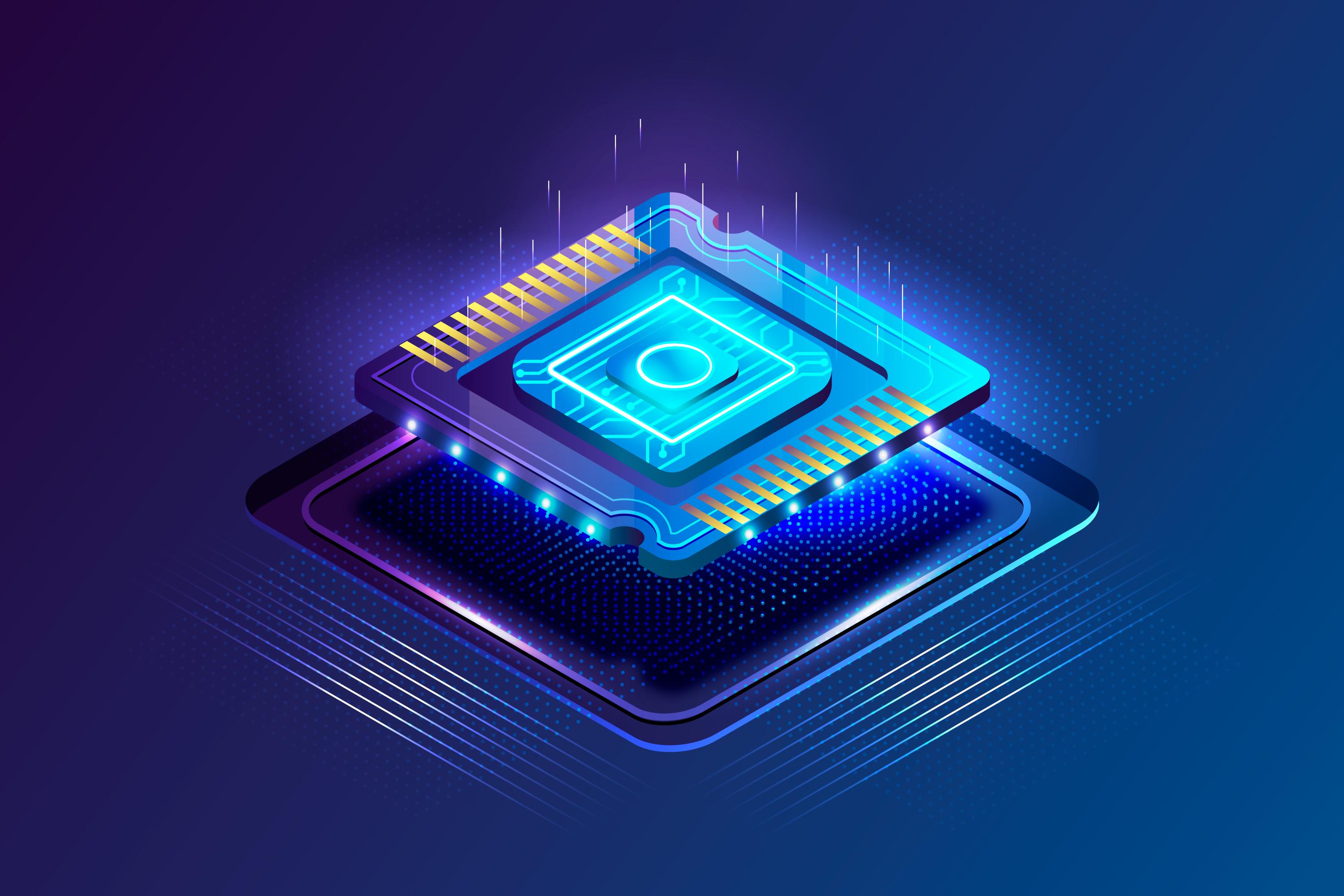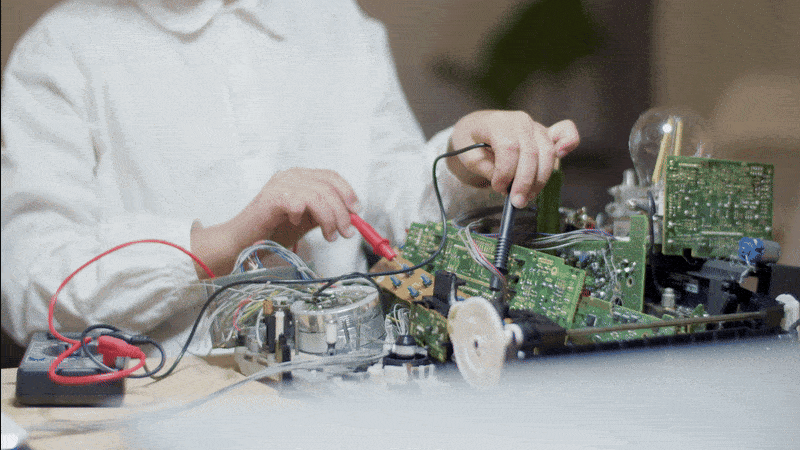In today’s fast-evolving tech industry, the demand for skilled professionals in the field of physical design is at an all-time high. Physical design is a critical aspect of the semiconductor design process, involving tasks such as layout design, placement, routing, and verification to ensure that the design of integrated circuits (ICs) meets all functional, performance, and manufacturability requirements. Whether you're a recent graduate or an experienced engineer seeking to enhance your skills, mastering the latest physical design tools is essential for staying competitive in the job market.
The Importance of Physical Design Tools for Job Seekers
As the complexity of designs increases with advancements in technology nodes, physical design tools have evolved significantly. The latest physical design tools for job seekers offer a range of capabilities to optimize the design flow, reduce time to market, and enhance overall performance. These tools are indispensable for professionals aiming to work in companies focusing on IC design, system-on-chip (SoC) development, or any field that requires detailed physical design work.
In this blog, we will explore the top physical design tools that every job seeker in the semiconductor and VLSI (Very Large Scale Integration) industries must be familiar with to boost their employability and success in physical design roles.
Cadence Innovus
Cadence Design Systems is a leader in the EDA (Electronic Design Automation) industry, and its Innovus platform is one of the top tools for physical design jobs. Innovus integrates multiple functions like place and route, optimization, and sign-off in a single unified platform, making it an indispensable tool for designers working on large-scale designs.
Key Features
- Advanced power, performance, and area (PPA) optimization
- Full-chip layout and route capabilities
- Machine learning-based optimization algorithms
- Seamless integration with Cadence’s suite of tools for digital and analog design
- With its powerful capabilities, Innovus helps designers optimize the physical layout of complex chips and ensures that they meet performance and power constraints, making it an essential tool for job seekers in the physical design space.
Synopsys IC Compiler II
Another dominant player in the physical design domain is Synopsys, with its IC Compiler II. This tool is designed to handle the growing complexity of modern chips, offering an advanced level of automation and optimization that helps physical design engineers achieve high-quality results efficiently.
Key Features
- High-speed place and route algorithms
- Integration with Synopsys' design analysis tools for early-stage verification
- Power-aware physical design to reduce power consumption
- Multi-threading and parallel processing for faster performance
- For job seekers aiming to work at top semiconductor companies, familiarity with IC Compiler II is a must, as it is one of the industry’s most widely used tools for physical design.
Mentor Graphics Calibre
Mentor Graphics, now a part of Siemens, offers the Calibre suite, which is widely recognized for its industry-leading design rule checking (DRC) and layout versus schematic (LVS) verification. While Calibre is typically associated with verification tasks, it also plays a vital role in physical design jobs by helping designers ensure that their layouts conform to manufacturing processes and perform reliably.
Key Features
- Comprehensive DRC and LVS checks
- Advanced parasitic extraction
- Full-chip sign-off tools for IC and SoC designs
- Integration with other Mentor Graphics tools for seamless design flow
- Given the importance of accurate layout verification, Calibre is one of the top tools for anyone pursuing a job in the physical design field, especially if the role involves ensuring the manufacturability and reliability of designs.
ANSYS RedHawk
For those looking to specialize in power integrity and reliability analysis, ANSYS RedHawk is a tool that focuses on power analysis, electromigration, and thermal issues in integrated circuits. RedHawk is essential for ensuring that designs meet stringent power and reliability requirements.
Key Features
- Power and noise analysis for large-scale designs
- Support for both static and dynamic power analysis
- On-chip thermal analysis
- Integration with ANSYS' simulation tools for full system-level analysis
- Job seekers in the physical design domain who are interested in working on high-performance, power-efficient chips should gain proficiency in ANSYS RedHawk, as it is crucial for identifying and resolving power and thermal challenges early in the design process.
Tanner Tools
For engineers working on smaller-scale designs or in more niche markets such as analog and mixed-signal circuits, Tanner Tools from Mentor Graphics (Siemens) is a comprehensive suite that offers a wide range of capabilities for layout, simulation, and verification.
Key Features
- Layout, schematic entry, and simulation capabilities
- Integration with mixed-signal design tools
- Advanced DRC and LVS checks
- Parasitic extraction for analog designs
- While Tanner Tools might not be as widely used for large-scale digital designs, it is still an important tool for job seekers in analog and mixed-signal physical design roles, especially those working on less complex chips.
Avanti Hercules
Avanti Hercules, now part of Synopsys, is a comprehensive design verification tool that covers critical aspects of physical design jobs, such as signal integrity, power integrity, and reliability checks. Its advanced capabilities in parasitic extraction and signal integrity analysis make it indispensable for ensuring the robustness of physical designs.
Key Features
- Full-chip parasitic extraction
- Signal integrity analysis
- Power integrity and electromigration checks
- Advanced DRC and LVS tools
- Job seekers in the physical design space who want to specialize in high-performance computing, mobile devices, or automotive systems will find Avanti Hercules a valuable tool for ensuring that their designs meet all performance and reliability standards.
OpenROAD
For those seeking open-source solutions, OpenROAD is a project aimed at providing a free, open-source toolchain for physical design tasks. OpenROAD focuses on automation and ease of use, with features like place and route, optimization, and design rule checking.
Key Features
- Fully automated place and route
- Integration with open-source EDA tools for full design flow
- Optimization for power, performance, and area (PPA)
- Active development and strong community support
- As the semiconductor industry embraces open-source software, gaining experience with OpenROAD can make job seekers stand out, particularly for roles in startups or companies focusing on custom chip design.
KLATencor L-Edit
For designers who need to work with mask design or photomask technologies, KLATencor L-Edit is a popular tool that provides a highly intuitive interface for IC layout. It's widely used for custom IC design, especially in research and development environments.
Key Features
- Advanced layout editing tools
- Integration with DRC and LVS tools
- Support for photomask and custom IC designs
- User-friendly interface for efficient workflow
- For job seekers focusing on the research side of physical design or custom IC work, L-Edit is a useful tool to master, particularly in industries like MEMS (Microelectromechanical Systems) or RF (Radio Frequency) design.
Conclusion
The field of physical design is complex, and staying up-to-date with the latest physical design tools is crucial for anyone looking to build a career in this domain. Whether you are working on large-scale digital ICs, analog/mixed-signal designs, or custom applications, understanding the capabilities of tools like Cadence Innovus, Synopsys IC Compiler II, Mentor Graphics Calibre, and others is key to optimizing designs and meeting industry demands.
As you navigate your job search, becoming proficient in the top tools for physical design jobs can give you a competitive edge in a fast-paced and ever-evolving industry. The more tools you master, the better equipped you will be to solve complex design challenges and contribute effectively to your future employer’s success.
By incorporating these tools into your skillset, you can position yourself as a highly valuable candidate, ready to tackle the latest physical design challenges and make an impact in the semiconductor industry.

Clock Gating vs Power Gating: Implementation, RTL Flow & Verification Guide
Learn how to implement clock gating and power gating with RTL design steps, backend changes, UPF flow, and a full verification checklist for efficient low-power VLSI design.
_11zon.jpg)
What to Do After Engineering? Why VLSIFIRST Leads Chip Design Careers
Discover why VLSIFIRST is becoming the top choice for engineering graduates pursuing VLSI and semiconductor careers. Explore job roles, growth, and industry-ready training benefits.

VLSI Career Roadmap for Engineering Graduates: Step-by-Step Guide
A complete VLSI career roadmap for engineering graduates. Learn skills, domains, tools, and steps to become a successful semiconductor engineer in the chip design industry.

Title: Top VLSI Career Paths for 2026 Graduates and Best Semiconductor Companies in India
Meta Description: Explore the top VLSI career options for 2026 engineering graduates and discover India’s best semiconductor companies for high-paying jobs. Learn about roles, skills, and top recruites

Why VLSI Engineers Must Care About Side-Channel Attacks, Secure Design, Verification, and Hardware Mitigation
Learn why VLSI engineers must prioritize side-channel attacks, secure design, verification, and mitigation to build trustworthy, resilient, and future-ready hardware systems.
Salary Comparison Between VLSI Professional And Software Engineer, Innovations And Trends Shaping The Future Of VLSI RTL Design, VLSI Course in Bangalore, VLSI Course in Ahmedabad, Highest Paying ECE Jobs In India, Physical Design Training in Bangalore, Can We Get A Job After Engineering, Impact Of Machine Learning On Physical Design Engineering, VLSI Job Hunt Best Practices, Comparison Between VLSI And Networking Course, VLSI Interview Questions Book, Learn RTL To Solve Real Industry Problems, Can We Get A Job After Engineering
Hours
Copyright 2025 © VLSI Technologies Private Limited
Designed and developed by KandraDigitalCopyright 2025 © VLSI Technologies Private Limited
Designed, Developed & Marketing by KandraDigital
